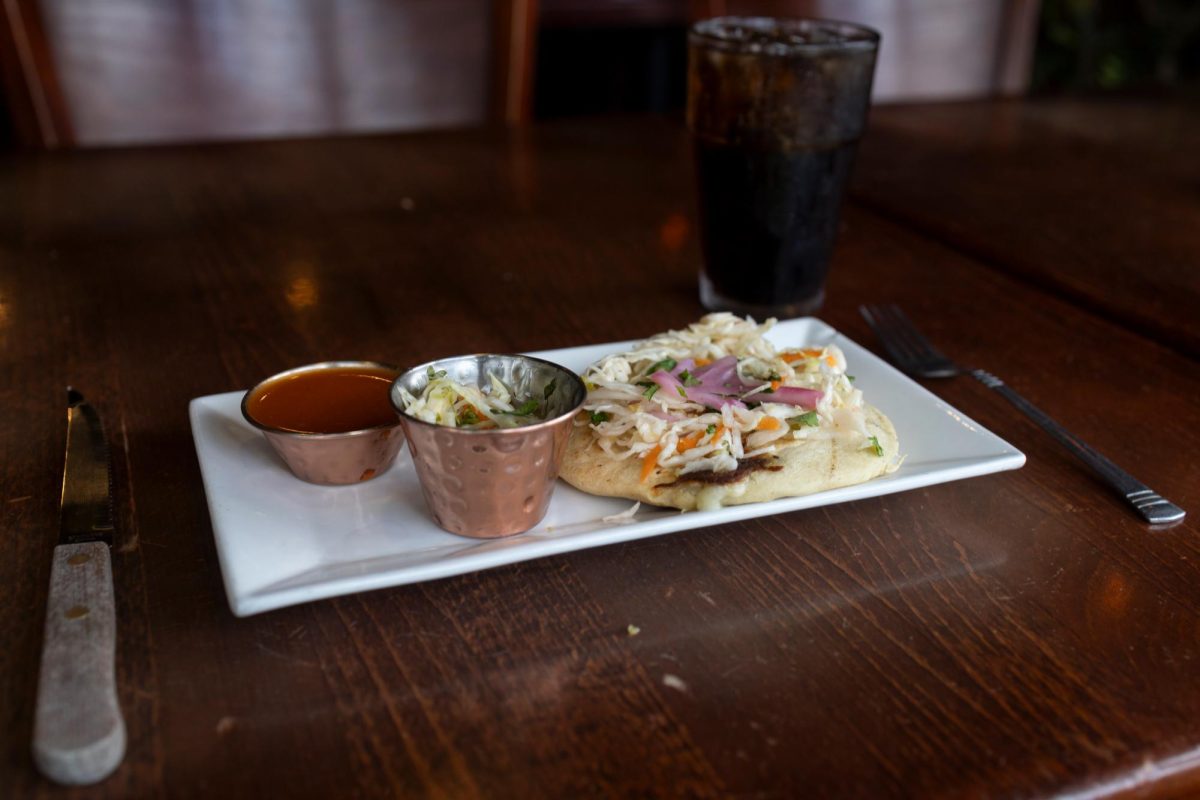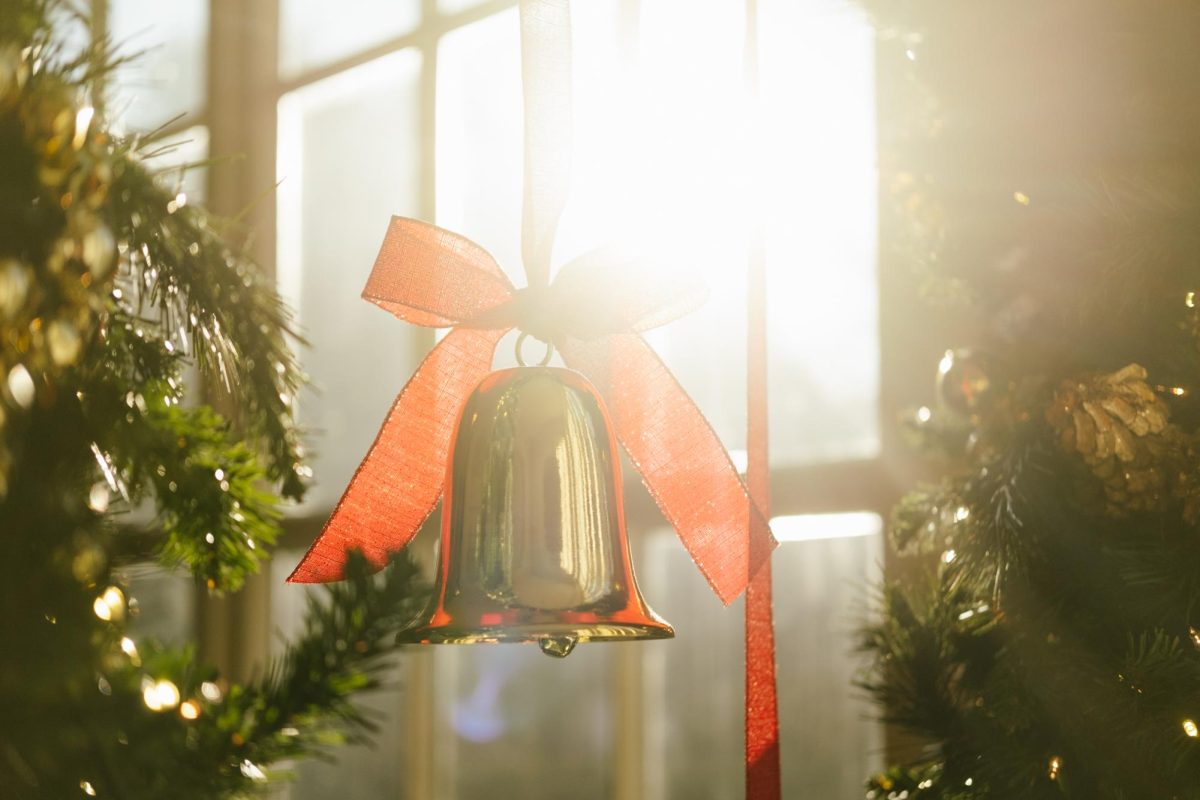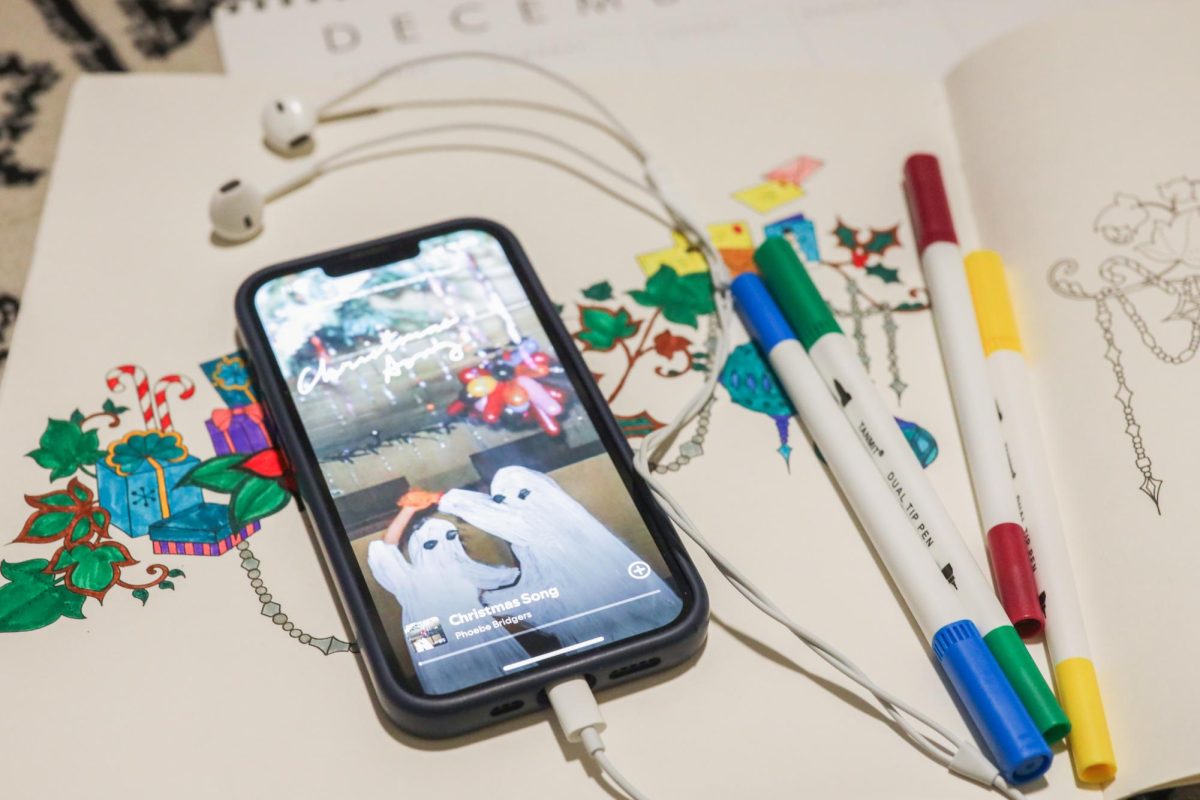Venturing down the hallway of your residence hall to meet your neighbors is one of the most intimidating aspects of first-year move-in.
After gathering the courage to knock on your neighbors’ doors and haphazardly propping open your own to invite in other students, your residence hall floor can become the foundation of your first-year social network. But as you’re settling into your new life at GW, your fellow students shouldn’t be the only neighbors you aim to impress.
About 679,000 people call D.C. home, making GW undergraduates only about 1.6 percent of the city’s current population. When you begin your first year at GW, it’s far too easy to forget about the people that live beyond the borders of campus.
To properly emulate Fred Rogers — the ultimate neighbor from ‘Mister Rogers’ Neighborhood’ — consider all the ways you can immerse yourself in the District’s cultural offerings and give back to the city you now call home. From exploring neighborhoods by way of libraries to supporting the city’s rich culinary history, here are some activities that will help you feel good about writing “D.C.” in your Instagram bio and avoid acting like a typical transplant.

Read your way through D.C. neighborhoods
While your orientation week may consist of dorm parties and late-night treks to the monuments, grueling nights of studying at Gelman Library ultimately await you. If the mere sight of Gelman’s brutalist facade already sends a shiver down your spine, traveling to more libraries may not sound appealing.
But making your way through the DC Public Library system is a foolproof plan to feel more connected to GW’s neighborhood and gain an introduction to the city beyond Foggy Bottom.
Start by taking a stroll up to the West End Neighborhood Library — one of D.C.’s 25 neighborhood libraries and home to the Foggy Bottom and West End Advisory Neighborhood Commission’s meetings and a shelf dedicated to local history books — and registering for a free D.C. library card. All you need to do is fill out this form and present your ID and proof of D.C. residency, a requirement that a GWorld card luckily fulfills.
With your glossy new library card in hand, take the Silver, Blue or Orange lines to Metro Center and wander through DCPL’s central library: Martin Luther King Jr. Memorial Library. Beyond the sprawling shelves of books, MLK Library also boasts exhibits on D.C. history — from the birth of go-go music to the work of local Black feminist organizers — that will deepen your understanding of the District’s cultural and political landscapes.
After your jaunt around MLK Library, catch the Green line and head up toward the historic Mount Pleasant Neighborhood Library. This elegant library first opened in 1925 through a donation from Andrew Carnegie and features whimsical murals designed by Aurelius Battaglia, an artist who went on to work on early Disney films like “Fantasia.” As you search the shelves for your next read, you may even stumble upon an event hosted by Mt. Pleasant Library Friends — a nonprofit that advocates for DCPL and hosts everything from free concerts to yoga classes at the library.

Journey into the D.C. wild
As exciting as attending a university in the heart of a city can be, GW’s campus provides few outdoor spaces for finding respite from the grind of urban life — unless the patches of grass in Square 80 are your jam.
But D.C. holds more pockets of natural beauty than first meets the eye. With intimate community gardens and expansive parks, the District provides green spaces with ample opportunities to get your hands dirty and give back to the city.
Start on campus with GW’s very own GroW Garden. Located on H Street across from Amsterdam Hall, GroW Garden is a student-run community garden that cultivates produce for Miriam’s Kitchen, a Foggy Bottom-based nonprofit combating chronic homelessness in D.C. The garden welcomes rookie and veteran horticulturalists alike, and you may even catch some sheep grazing on the grass later this school year.
If you’re looking to get your thumbs even greener, journey to the majestic Rock Creek Park. This 1,754 acre park stretches through Northwest D.C. and offers 32 miles of hiking trails through its forests and across the creek.
To help maintain the natural splendor of the park, volunteer with the Rock Creek Conservancy, where volunteers can perform tasks like invasive plant removal and water quality monitoring. If you have a strong passion for environmental protection, you can even earn a National Park Service permit to steward a section of the park through the conservancy’s Weed Warrior program.
Round out your environmental good deeds with the organization Friends of Anacostia Park — which hosts a park restoration event every third Saturday from April to October.

Savor the District’s culinary history
Within your first few weeks at GW, you will come to realize that Foggy Bottom is drowning in a sea of fast-casual eateries. And as convenient as Sweetgreen and Panera Bread may be, they don’t deliver a true taste of the historic and diverse D.C. culinary scene simmering at your fingertips.
To gain a proper introduction to the delicacies the District has to offer and how the history of immigration has defined neighborhoods’ food scenes, start with a Salvadoran restaurant crawl through Northwest D.C.
Salvadorans constitute the city’s largest Latino community, following waves of immigration to D.C. in the 1980s as a result of the Salvadoran Civil War. Many Salvadoran immigrants settled down in neighborhoods like Adams Morgan, Mt. Pleasant and Columbia Heights — all of which boast some of the best Salvadoran restaurants in the city today.
You can’t go wrong with either El Tamarindo, which opened in Adams Morgan in 1982 and is the longest running Salvadoran restaurant in the city or Judy Restaurant — which set up shop on the edge of Columbia Heights in the late 1980s.
Once you grab a table at either of these historic spots, start by tasting a variety of their pupusas — doughy, savory tortillas filled with meat, vegetables, cheese and beans that are the national dish of El Salvador.
Pupusas are such a culinary staple in D.C. that restaurants across the city, including El Tamarindo, celebrate the Salvadoran holiday National Pupusa Day on the second Sunday of every November. So as you prepare to enjoy the cooking demonstrations, discounts and live music of this November holiday, support the restaurants that carry on the history of D.C. with every dish.





